Top Class Actions’s website and social media posts use affiliate links. If you make a purchase using such links, we may receive a commission, but it will not result in any additional charges to you. Please review our Affiliate Link Disclosure for more information.
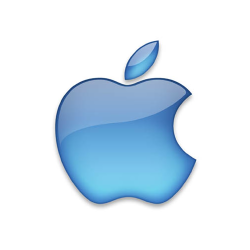
In the dismissal motion, Apple challenges plaintiffs’ claims that the tech giant “misled” them and “failed to disclose” an Error 53 issue in their iPhones and iPad devices, saying that the plaintiffs failed to provide evidence to support these claims.
Furthermore, the tech giant argues that they have already taken action to correct the Error 53 issue for everyone, including the plaintiffs, by releasing a software fix that allows the devices to be restored and by reimbursing affected consumers who paid for “out of warranty” repairs or purchased new devices because of the Error 53.
“There is nothing left to litigate,” the motion says. “As a practical matter, this case is over.”
Plaintiffs Nicholas Lusson, Bryan Kushmick, Alexander Saenz, John Denoma and Nora Penner filed the iPhone Error 53 lawsuit in February, asserting claims that Apple’s software update bricked devices following Touch ID repairs by an unauthorized dealer.
They contend that Apple knew but did nothing to warn consumers and owners that “updating software or restoring data would result in an Error 53 code that would render the device inoperable and cause data loss” – “colloquially known as ‘bricking’ the device.”
The Error 53 lawsuit alleges that preventing iPhones with damaged Touch ID sensors from working normally otherwise is “abusive,” and that Apple did not adequately warn consumers of problems that could ensue from a damaged or replaced Home button.
Furthermore, the lawsuit claims that “more than 62 million units” have been affected by the problem in the U.S. as of November 2015.
Earlier this year, thousands of iPhone users found an iOS software upgrade permanently disabled their phones, which was left displaying an “Error 53” code. The Error 53 code appears on devices in which the Touch ID was affected.
Touch ID is affected any time non-Apple parts are used to replace the screen, Home button, or flex cable. Non-OEM parts are unable to pass a Touch ID validation check. The error seemed to occur on the iPhone 6, iPhone 6 Plus, iPhone 6S, and iPhone 6S Plus after their Touch ID sensors were repaired by unapproved retailers
The code, included within iOS 8.0.1 and all subsequent versions (including iOS 9), automatically sends handsets into “recovery mode,” which traps the device in an endless, unusable loop.
Apple, however, provided a “technical” explanation for the Error 53 code, stating it was a security measure designed to prevent a fraudulent Touch ID sensor from being used to gain access to the device. The company reportedly told consumers that disabled phones could not be fixed under warranty, and were a “problem the consumer created” by using an unofficial repair service.
The tech company contends that by “engineering and releasing a software update to iOS that permanently eliminated Error 53 and fully restored affected devices and establishing a reimbursement program for consumers’ out-of-warranty costs related to repairing or replacing affected devices regardless of whether those consumers paid for a more expensive device or would be ordinarily precluded from coverage under the Limited Warranty for having damaged their device and/or obtained unauthorized repairs,” they have met the plaintiffs request for injunctive relief.
This action, Apple claims, constitutes the dismissal of the entire class action lawsuit with prejudice.
Apple’s motion for dismissal also cited sections of the California Business and Professional Code, Apple’s own warranty and other legal precedents in moving that the court make the plaintiffs’s claims moot.
The iPhone owners are represented by Darrell L. Cochran, Jason P. Amala, Loren A. Cochran, Kevin H. Hastings and Christopher E. Love of Pfau Cochran Vertetis Amala PLLC.
The Apple iPhone Error 53 Class Action Lawsuit is Nicholas Lusson, et al. v. Apple Inc., Case No. 3:16-cv-00705-VC, in the U.S. District Court for the Northern District of California.
UPDATE: On May 23, 2016, the plaintiffs argued against a motion to dismiss the class action claims saying Apple never reimbursed them or proposed Class Members.
UPDATE 2: On June 20, 2016, a federal judge dismissed all claims in an iPhone class action lawsuit that alleged Apple had used Error 53 to render the devices inoperable.
UPDATE 3: On Aug. 31, 2016, iPhone users argue that the additional facts noted in their third amended class action complaint prove Apple knew a software update would cause the Error 53 defect but intentionally retained these features anyway.
UPDATE 4: On Oct. 19, 2016, Apple will continue to face a consumer class action lawsuit following a federal judge’s partial denial of the company’s motion to dismiss.
UPDATE 5: On Sept. 1, 2017, Apple agreed to settle individual claims with 169 iPhone users who allege their devices were wiped clean after a software update. If approved, the Apple settlement would resolve the individual claims of the 169 affected iPhone users, but would also leave open the possibility for other consumers to pursue a class action lawsuit against Apple.
ATTORNEY ADVERTISING
Top Class Actions is a Proud Member of the American Bar Association
LEGAL INFORMATION IS NOT LEGAL ADVICE
Top Class Actions Legal Statement
©2008 – 2024 Top Class Actions® LLC
Various Trademarks held by their respective owners
This website is not intended for viewing or usage by European Union citizens.




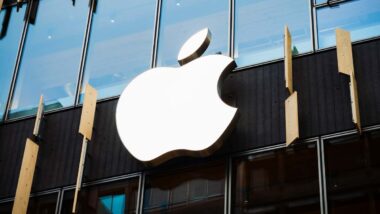


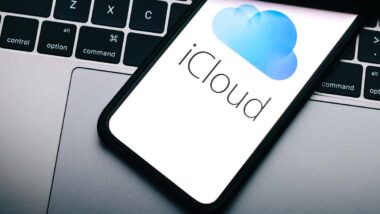

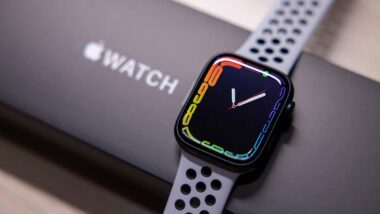

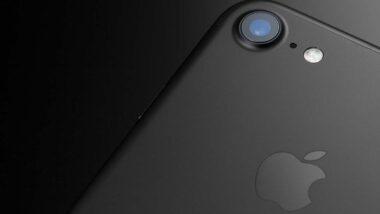



7 thoughts onApple Moves to Dismiss iOS Error 53 Class Action
UPDATE 4: On Oct. 19, 2016, Apple will continue to face a consumer class action lawsuit following a federal judge’s partial denial of the company’s motion to dismiss.
UPDATE 3: On Aug. 31, 2016, iPhone users argue that the additional facts noted in their third amended class action complaint prove Apple knew a software update would cause the Error 53 defect but intentionally retained these features anyway.
UPDATE 2: On June 20, 2016, a federal judge dismissed all claims in an iPhone class action lawsuit that alleged Apple had used Error 53 to render the devices inoperable.
UPDATE: On May 23, 2016, the plaintiffs argued against a motion to dismiss the class action claims saying Apple never reimbursed them or proposed Class Members.
This drives me crazy.
I lost 4 years of pics and data. Big greedy companies do as they please with no recourse. It’s the new American way
Ya they released a update after many got rid of there phones really and now they don’t think they have to pay.